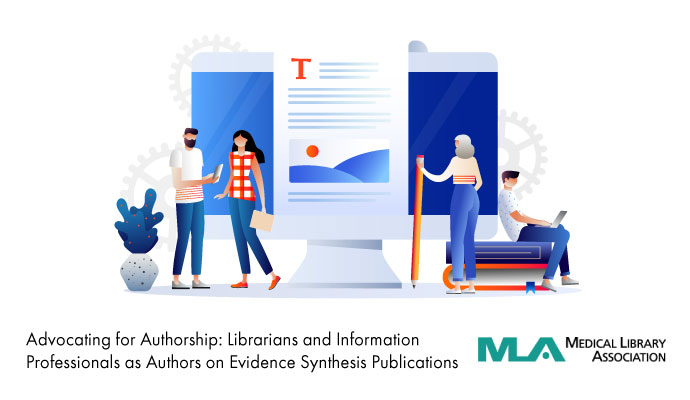
Sections are an important part of the Medical Library Association. Two out of three MLA members belong to an MLA section. Those who belong to a section join on average two of them. Sections vary in size from 31 members to 612, and span a variety of interests ranging from types of libraries to specific functional areas.
The success of sections is fundamental to the success of our organization and, indeed, our profession. Sections are where core subject-matter expertise resides, and, along with MLA chapters and Special Interest Groups (SIGs), where MLA members interact and share with their communities of peers.
Over the past year, the MLA has taken a few steps to strengthen the role and value of sections, by creating an environment that sets sections up for success, such as:
- enabling sections to define their own strategic goals and removing the requirement to use a template structured around MLA’s presidential priorities,
- providing sections with a web environment that includes robust community features, and
- simplifying administrative tasks to allow more time for useful work.
The MLA Board is convinced it can do more to support Section Council and provide opportunities for the members of sections to contribute to MLA’s educational initiative. In May, the Board will consider a new two-year MLA strategic goal specific to MLA sections and SIGs, led by Section Council.
The evolving MLA strategic goal will likely include strategies around developing leadership capacity through an enhanced Rising Star program. With this, it seems fitting that the next round of the Rising Star program projects, starting in May 2016, will focus on MLA sections and be mentored by Section Council with themes likely to be included in the overall strategic goal, such as:
- analyze what defines “success” for an MLA Section, by reaching out to Section leadership, Section Council members, and Section members;
- work with individual sections to support the development of their strategic goals;
- develop an overall picture of what MLA Sections are doing to advance the profession and members;
- perform a gap analysis of topics and audiences currently covered by MLA Sections and SIGs, compared to the needs of the profession;
- analyze how Sections and SIGs are engaging their communities, and make recommendations on how MLA can support increased engagement;
- analyze the role and definition of “success” for Section Council.
The online curriculum development phase of MLA’s educational goal will require members to form subject matter expert teams grouped by curriculum track, with specific roles in the curriculum creation process (this is an area the Board is also focusing on). With sections being where core subject-matter expertise resides, doesn’t it make sense that they be involved in the online curriculum development phase for MLA’s educational goal? Having sections take on that role, rather than MLA creating another layer of new groups, would streamline the process.
To get the discussion started at Mosaic ’16, Section Council will ask sections to include a discussion on the potential role of sections in the online curriculum creation process in their business meeting agendas, and provide an executive summary of their analysis to Section Council. In the meantime, we hope you’ll start talking within your section and with your section leaders about these ideas and others.
What does success mean for your section? Please share in the comments below. (You must be logged in to comment.)




